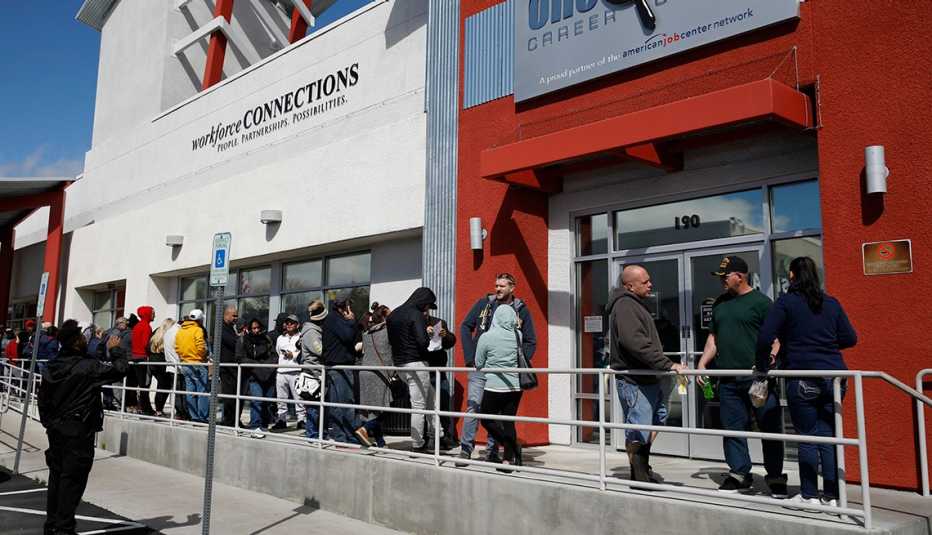Staying Fit
In the middle of the holiday season, millions of Americans could lose the unemployment benefits that have helped them stay afloat while businesses have shuttered to deter the spread of COVID-19. Although some of those workers may be eligible for extended benefits from their states, most will lose that source of income altogether unless lawmakers act.
Where Extended Benefits might still be available
After December, some states — and the District of Columbia — may still be offering aid through a long-term unemployment program called Extended Benefits (EB), which existed before the coronavirus stimulus law was passed. EB kicks in when the overall unemployment rate within in a state is high. According to the Century Foundation report, those states could include:
- Alaska
- California
- Connecticut
- District of Columbia
- Georgia
- Hawaii
- Illinois
- Louisiana
- Massachusetts
- Nevada
- New Jersey
- New Mexico
- New York
- North Carolina
- Oregon
- Pennsylvania
- Rhode Island
- Washington
To soften the financial impact that the coronavirus pandemic is having on workers, Congress beefed up job-loss benefits in the stimulus legislation it passed in the spring. Out-of-work Americans were able to collect unemployment benefits longer than the states typically allow and people who otherwise wouldn't qualify became eligible for the financial assistance.


AARP Membership— $12 for your first year when you sign up for Automatic Renewal
Get instant access to members-only products and hundreds of discounts, a free second membership, and a subscription to AARP the Magazine.
But the expanded benefits that the stimulus law provided will expire by the end of this year. That means that nearly 12 million people could lose their benefits on Dec. 26, according to a new report from the Century Foundation. That loss of income will hit just as the coldest part of the winter season begins and as more cities and states start to temporarily shut down businesses as coronavirus infection rates soar. And there are additional signs of trouble for older workers specifically. The U.S. Bureau of Labor Statistics reported Friday that the unemployment rate for adults age 55 and older rose to 5.8 percent in November, up from 5.4 percent one month earlier. This increase happened even though the nation’s overall unemployment rate dropped slightly to 6.7 percent in November from 6.9 percent the previous month.



































































